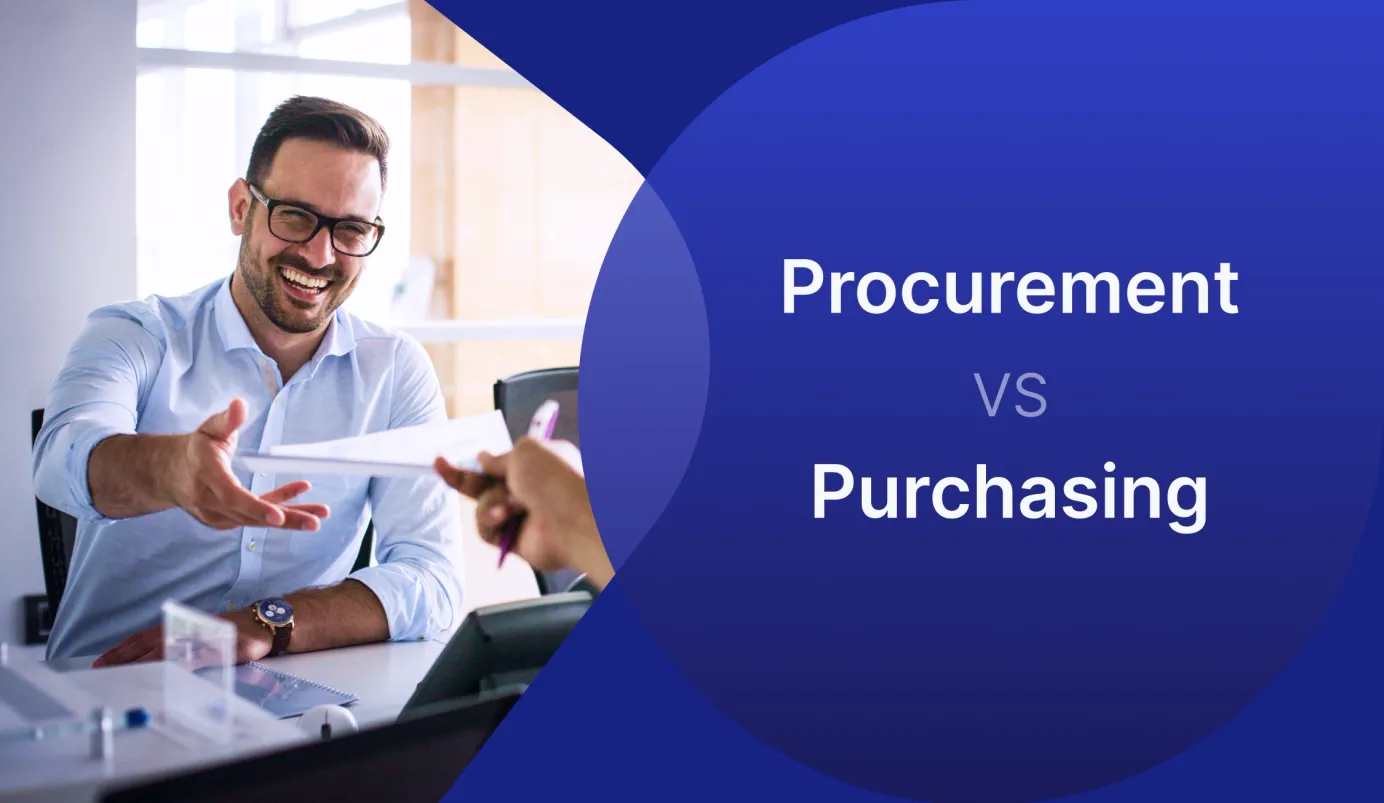
2 min read
Indirect vs. Direct Goods and Services: What's the Difference?
Indirect goods and services are those that are not essential to the core product or service of a company. They are often used in the production or delivery of a company's primary offering, but they are not themselves the primary offering.
Indirect goods and services are those that are not essential to the core product or service of a company. They are often used in the production or delivery of a company's primary offering, but they are not themselves the primary offering.
Common examples of indirect goods and services include office supplies, janitorial services, and computer equipment. Direct goods and services, on the other hand, are those that are essential to the core product or service of a company. They are the primary offering of a company and are often used in the production or delivery of that offering.
Common examples of direct goods and services include raw materials, finished products, and engineering services.
So, what's the difference between indirect and direct goods and services? In short, indirect goods and services are used in the production or delivery of a company's primary offering but are not themselves the primary offering. Direct goods and services, on the other hand, are essential to the core product or service of a company. Keep reading to learn more about the difference between these two types of procurement items.
What Are Indirect Goods?
Indirect goods are non-essential items that are used in the production or delivery of a company's primary offering. They are not themselves the primary offering. Indirect goods can be either consumable or non-consumable. Consumable indirect goods are used up in the process of production and cannot be reused (examples include office supplies and janitorial supplies). Non-consumable indirect goods can be reused (examples include computer equipment and furniture). Indirect goods can be either purchased or leased.
What Are Direct Goods?
Direct goods are essential items that are used in the production or delivery of a company's primary offering. They are themselves the primary offering. Direct goods can be either raw materials or finished products. Raw materials are used in the manufacturing process but have not yet been completed (examples include lumber and steel). Finished products have been completed and only require assembly before they can be sold (examples include cars and computers). Direct goods can also be engineering services (such as design work) that are necessary for the production of a finished product.
Conclusion: Indirect vs. Direct Goods: What's The Difference?
Indirect goods are non-essential items that are used in the production or delivery of a company's primary offering but they aren't themselves the primary offering.
On the other hand, direct goods are essential items that ARE themselves the primary offering. These items may be raw materials, finished products, engineering services, etc., that contribute directly to a company's bottom line—hence their name "direct."
When making purchasing decisions for your business, it's important to understand which category an item falls into so that you can allocate your resources accordingly!










